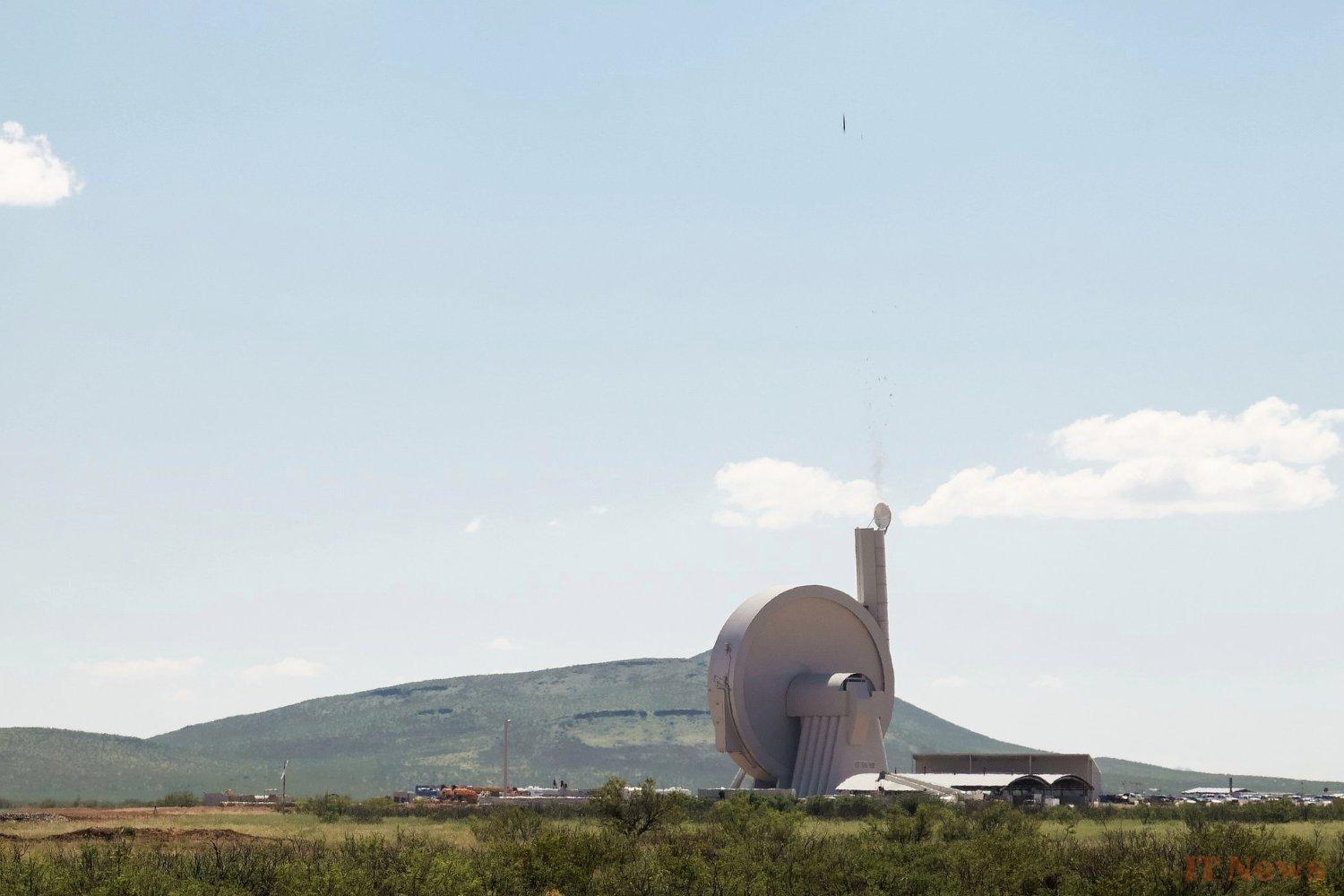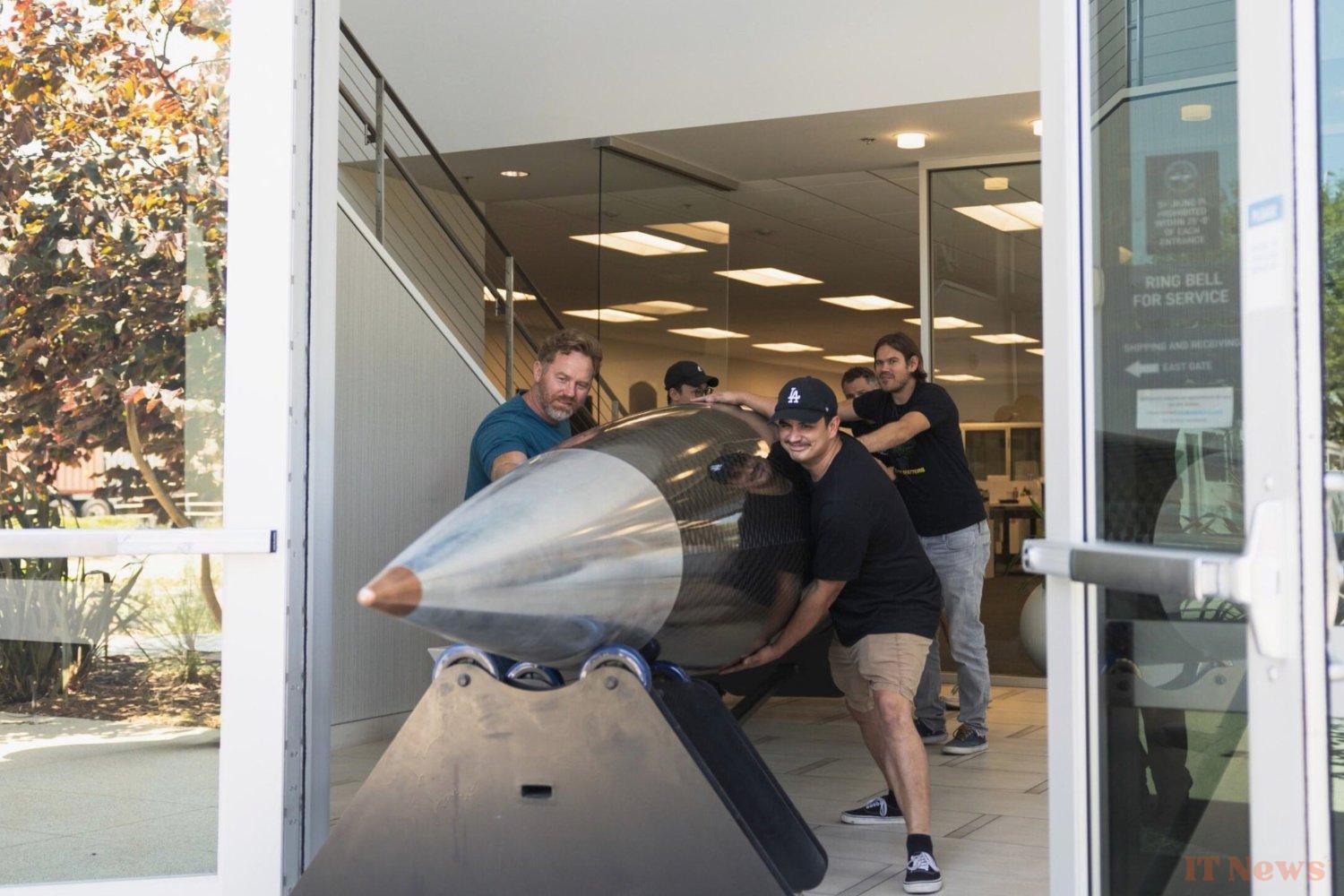Reaching orbit requires a lot of resources. But rather than using a traditional rocket, why not build an XXL centrifuge and catapult a payload into orbit using kinetic force? SpinLaunch in California has made this its letmotiv since its creation in 2014. Its work has allowed it to raise $150 million to develop a gigantic disk housing a rotating arm. Tests took place in 2022, resulting in an extraordinary video.
By passing through a centrifuge, the startup replaced the first stage of a launcher, the one used to propel a payload into space, by tearing it off the ground, and giving it hypersonic speed (7,500 km/h for the centrifuge). Once at At an altitude of 60 kilometers, SpinLaunch's small rocket fired an engine, thus reaching orbital speed and trajectory. The tests attracted considerable public attention. However, they also plunged SpinLaunch into a three-year silence. In 2025, the startup is finally making headlines with multiple announcements. The problem: the satellite centrifuge has stopped spinning. His new program is somewhat perplexing: he intends to launch a constellation of satellites using a conventional rocket.
This series of 280 satellites will be called Meridian and will consist of satellites produced by the Lithuanian startup NanoAvionics, owned by the Norwegian company Kongsberg Defence & Aerospace. As its name suggests, the manufacturer is focusing on small satellites, and the 280 devices will have to be launched using only one or two rockets.
SpinLaunch keeps its centrifuge in mind
SpinLaunch's role in the development of the Meridian constellation satellites is unclear. According to their contract signed on April 3 for 122 million euros, the Californian startup will provide the communications equipment integrated into the satellites, which NanoAvionics will build. Each must weigh 70 kilos and will provide at least 2 terabits per second of data. Unlike Starlink or Amazon's future Kuiper, Meridian wants to focus on serving businesses and governments.
In its schedule, NanoAvionics and SpinLaunch are scheduling a first demonstration mission in 2026, with a commercial launch at the end of 2027. This diversification of the Californian startup should allow it to make a return on the funds invested by its shareholders, and resume work on the development of its satellite centrifuge. In this regard, it has announced a new optimal launch site, located in Adak, one of the 302 Aleutian Islands, the Alaskan archipelago, located in the Bering Sea.
Source: Ars Technica




0 Comments